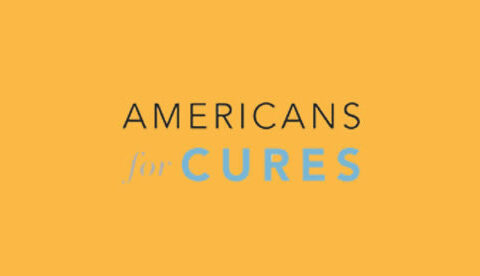Learn the key terms that are important for understanding how clinical trials protect patients and ensure that new medications and treatments are safe and effective.
Clinical Trials: Clinical trials are voluntary research studies in humans that explore whether a medical strategy, treatment, or device is safe and effective for humans. Clinical trials produce the most relevant evidence for health care decisionmaking.
Double Blind Study: A type of clinical trial in which neither the participants nor the experimenters/physicians/caretakers know who is receiving a particular treatment, and who is receiving a control or a placebo treatment. This procedure is used to prevent bias in research results.
FDA: The Food and Drug Administration (FDA) is a regulatory federal agency of the US Department of Health and Human Services that protects the health of patients and consumers by overseeing the safety of foods and medications.
FDA Approval: This means that the FDA has acquired sufficient data to conclude the benefits of a medical drug or device outweigh the potential risks for its planned use.
Inclusion Criteria: The criteria or characteristics that each subject must possess in order to be included in the study. Inclusion criteria are often determined prior to the start of the clinical trial/patient recruitment by the study investigators.
Informed Consent: Permission granted by a participant to voluntarily enroll in a clinical trial , with full knowledge of the possible risks and benefits of the treatment.
IRB Review: An oversight committee designated at the institution running a specific study involving human subjects, known as the Institutional Review Board, assesses, monitors, and approves clinical trials. These reviews protect participants from physical or psychological harm.
Open Label: In contrast to double blind studies, in open label studies, both the subject and the researchers know who is receiving what treatment.
Orphan Disease: A disease or condition is classified as an “orphan” disease if: 1) it affects fewer than 200,000 people in the U.S. per year; or 2) it affects more than 200,000 people per year, but the costs of drug development and marketing are not expected to be recovered.
Phase 1 Trial: Phase 1 trials are the first phase of clinical trials and test the safety of a proposed therapy on a small number of people.
Phase 2 Trial: A scaled up version of Phase 1, this phase tests the efficacy (the ability to produce an intended result) of a treatment. The inclusion of a “control” or placebo group is required at this phase. This phase is where the majority of drugs fail.
Phase 2a and 2b Trials: In some cases, Phase 2 of the clinical trial is sub-divided into Phase 2a and Phase 2b. Phase 2a evaluates efficacy while Phase 2b investigates the optimal dose of the drug (if any). Not every clinical trial has these sub-divisions.
Phase 3 Trial: Expansion of Phase 2 . At this stage, a large-scale testing of the drug or treatment (and its control) is performed in thousands of participants, usually at multiple treatment centers. Finished, 7/14
Phase 4 Trial: Phase 4 trials target drugs that have already been approved by the FDA. The drugs are available for doctors to prescribe for patients, but in this phase of clinical trials, the distributor of the drug or treatment continues to address other important questions, including how the new drug compares with other treatments currently available to the public.
Placebo: An intervention that has no therapeutic effect. This is often used alongside the actual treatment in order to show that the effect of the treatment is real. Other names for placebo are: control and vehicle.
Placebo Effect: A well-documented phenomenon in which the participant in the placebo group has the perceives improvement in his/her condition.
Primary Endpoint: Tests and measures the most important variable that is being addressed by the clinical trial. For instance: Does drug X treat disease Y?
Principal Investigator (PI): The primary individual(s) responsible for the design and execution of a clinical trial. The PI has access to and control over the data from the trial, and has the publication rights to the trial results.
Randomization: Random assignment of subjects to treatment or control groups in order to reduce bias.
Secondary Endpoint: Tests and addresses other important questions about the clinical trial. For instance: Does drug X also affect other aspects of disease Y?
Single Blind Study: A type of clinical trial in which the participants are unaware of whether they are receiving the treatment (or other intervention), or the control or placebo). These types of studies are performed to reduce subjective bias known as the placebo effect.
The U.S. Orphan Drug Act: The U.S. Orphan Drug Act of 1983 created financial incentives for pharma companies to develop therapies for rare (“orphan”) diseases, whose patient populations were considered too small to generate significant profits.
“Valley of Death”: A phrase that describes the challenge of applying research advances to drugs and treatments available to patients and physicians. This term can be applied to any stage of this process but is most commonly used to refer to the transition out of Phase 2 clinical trials.
Learn more about the clinical trial process by watching our whiteboard video.





